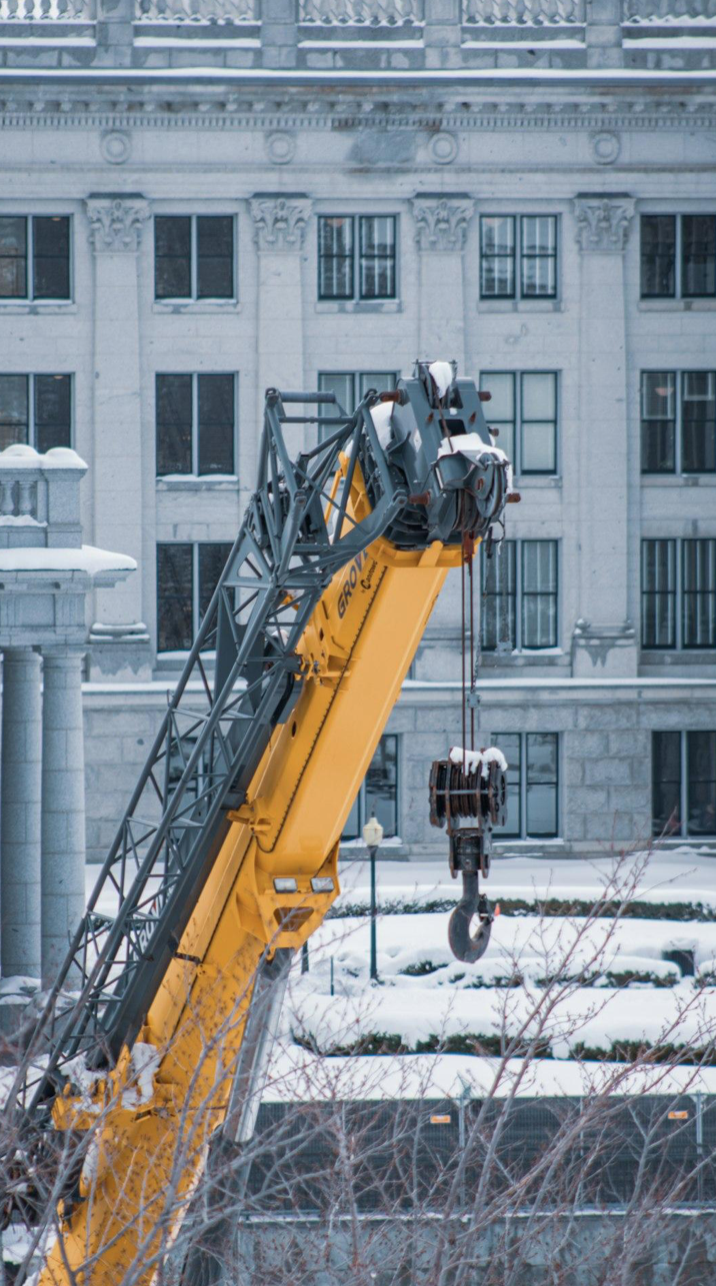Emphasizing preparation and adaptability not only safeguards the well-being of workers but also enhances overall productivity.
Winter presents unique challenges and opportunities for construction operations. As temperatures drop, construction teams must adapt to changing conditions that can impact both safety and productivity. Understanding the key aspects of wintertime construction is essential for successful project management, including site preparation, equipment maintenance, and implementing safety protocols. This guide delves into the critical considerations for navigating winter construction, ensuring projects remain on track while prioritizing the well-being of workers.
Site Preparation for Winter Conditions
Preparing the construction site for winter involves several strategic steps that can significantly influence the outcome of a project. First, it is crucial to assess the site’s drainage system to prevent water accumulation and ice formation during freezing temperatures. Proper grading and installing temporary drainage solutions can help manage runoff effectively. Additionally, securing materials in a weatherproof manner is essential; materials such as concrete and bricks can be adversely affected by extreme cold if not stored correctly, which can lead to delays in construction and increased costs.
Thermal blankets and tarps can be utilized to cover exposed areas that are susceptible to freezing. These materials will help retain heat, ensuring that work can continue without significant disruption from the cold. Construction teams would benefit from heaters or other heating sources to provide a suitable working environment and ensure worker safety. As the folks from Cahill Heating Rentals note, portable industrial heaters are reliable pieces of equipment that can keep your operations running in all weather conditions. Proper site preparation will help mitigate any potential risks caused by winter weather, ensuring construction can continue smoothly.
Equipment Maintenance in Cold Weather
Cold weather can have a detrimental effect on construction equipment, making regular maintenance a priority during winter months. To begin, it’s essential to use the right type of engine oil and grease that can withstand lower temperatures. Standard lubricants can thicken in cold weather, leading to reduced engine performance and potential mechanical failures. Regular checks on battery functionality are vital as extreme cold can significantly reduce battery capacity, which may lead to difficulties in starting machinery.
In addition to engine care, operators should inspect hydraulic systems for leaks and ice blockages. Frozen hydraulic fluids can impede functionality, and ensuring that these systems are adequately maintained will prevent downtime. It’s also advisable to keep an eye on tire pressures, as cold air can cause tire pressure to drop, impacting traction and safety. By implementing a comprehensive equipment maintenance plan, teams can reduce the risk of breakdowns and maintain productivity during the challenging winter season.
Safety Protocols for Workers
Safety becomes even more critical during winter construction operations, as the combination of cold weather and varying site conditions can heighten risks for workers. One key safety protocol is ensuring that all workers are equipped with appropriate winter gear, including insulated clothing, waterproof footwear, and safety goggles. By dressing in layers, employees can better regulate their body temperature while maintaining their mobility on the job site.

Additionally, it is essential to conduct regular safety briefings that address winter-specific hazards, including slips on icy surfaces and the potential for frostbite or hypothermia. Designating specific areas for warming breaks and providing hot beverages can help keep workers safe and alert. Keeping open lines of communication about any safety concerns encourages a proactive culture focused on employee well-being, which is especially vital in harsher conditions.
Adjusting Work Schedules
Adjusting work schedules during the winter months can enhance productivity while ensuring that worker safety remains a top priority. When planning work hours, it may be beneficial to start earlier in the day to take advantage of any available natural light and warmer temperatures. By scheduling critical tasks during daylight hours, teams can effectively reduce the risks associated with working in low visibility and extreme cold. Implementing flexible work hours can accommodate weather-related delays or unexpected temperature changes. For instance, if a storm is forecasted, rescheduling certain activities to earlier in the week can minimize disruption.
Managing Material Performance in Cold Weather
Materials selected for winter construction must be carefully considered, as cold temperatures can affect their performance and integrity. For instance, concrete needs to be treated specially during low temperatures; using warm water for mixing or adding accelerators can ensure it cures properly. Monitoring the curing process is equally important, as rapid cooling can lead to surface cracking and weakened structure. Manufacturers often provide guidelines for the proper use of materials under various weather conditions.
Navigating wintertime construction requires a thoughtful approach that encompasses site preparation, equipment maintenance, safety protocols, work schedule adjustments, and material management. By proactively addressing these critical areas, construction teams can mitigate the challenges posed by cold weather, ensuring projects progress smoothly and safely.
Emphasizing preparation and adaptability not only safeguards the well-being of workers but also enhances overall productivity. As we embrace winter’s challenges, a commitment to best practices will ultimately lead to successful project outcomes, solidifying the resilience of the construction industry during the colder months.


Join the conversation!